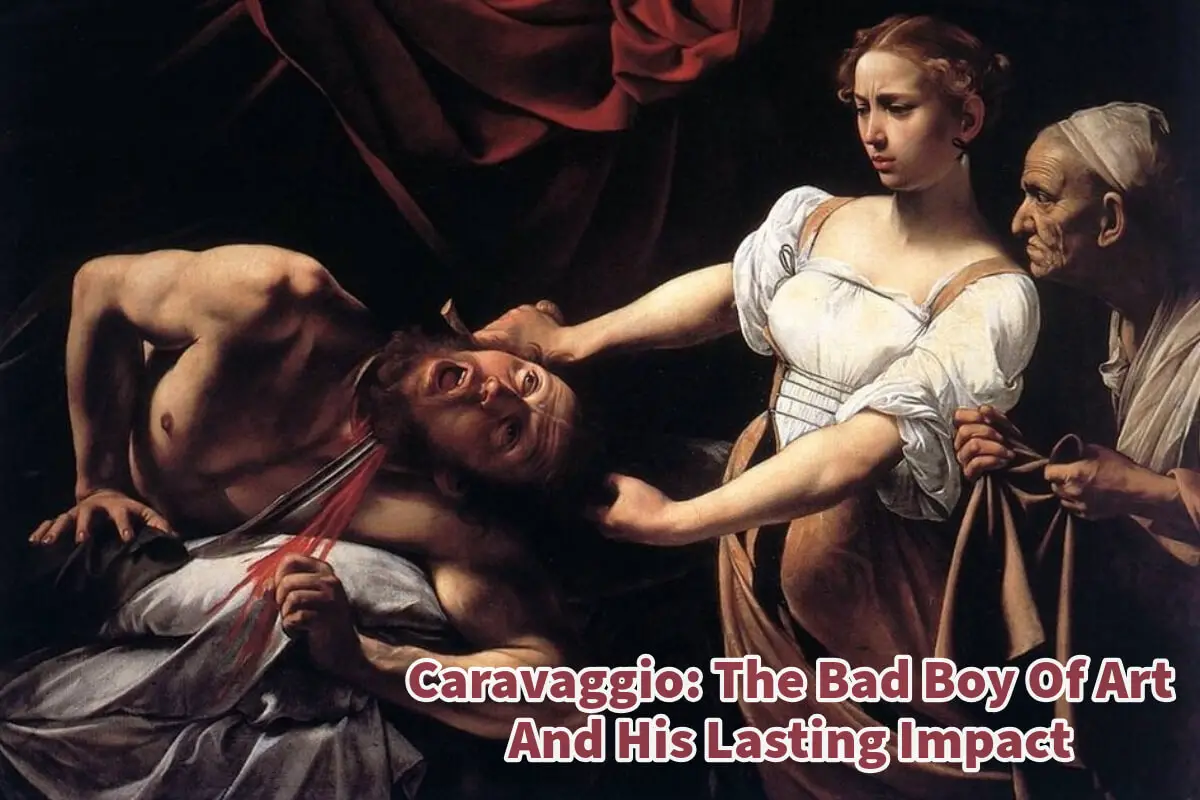One of my favorite artists is Caravaggio. Michelangelo Merisi da Caravaggio, often referred to simply as Caravaggio, is one of the most influential artists in history.
Caravaggio is not an artist without controversy. He has earned the moniker “the Bad Boy of Art” for his tumultuous life and rebellious nature. Despite his controversial lifestyle, Caravaggio’s contributions to art were groundbreaking, and his mastery of chiaroscuro revolutionized how light and shadow were used in painting. Read on as we explore Caravaggio’s life, artistic innovations, and enduring legacy.
Table of Contents
- Caravaggio: The Rebel Genius And His Enduring Influence
- The Artistic Genius Of Caravaggio
- 5 Top Artists Influenced By Caravaggio – His Legacy And Influence
- Related Questions
Caravaggio: The Rebel Genius And His Enduring Influence
Michelangelo Merisi da Caravaggio, often referred to simply as Caravaggio, is one of the most influential artists in history, earning the name by many “the Bad Boy of Art” for his tumultuous life and rebellious nature. His life was a whirlwind of violent altercations, legal troubles, and fugitive escapades that painted him as a notorious figure in the art world.
Despite his controversial lifestyle, Caravaggio’s contributions to art were groundbreaking. He brought a raw, genuine realism to his paintings that contrasted sharply with the idealized beauty of the Renaissance.
His mastery of chiaroscuro, the technique of using strong contrasts between light and dark, revolutionized the way light and shadow were used in painting, adding a dramatic intensity and depth to his works that had never been seen before.
Caravaggio’s genius lay in his ability to merge this innovative technique with an emotional realism that captivated viewers. His paintings, such as “The Calling of Saint Matthew” and “Judith Beheading Holofernes,” are renowned for their powerful storytelling and visceral impact.
By using ordinary people as models and depicting them in everyday settings, he broke away from the conventions of his time, creating art that was both relatable and profoundly moving. This approach influenced his contemporaries and left an indelible mark on future artists.
Caravaggio’s ability to evoke intense emotion and bring scenes to life with dramatic lighting has ensured his enduring legacy, cementing his status as a true genius in the art world despite—or perhaps because of—his reputation as a rebellious bad boy.
The Tumultuous Life Of Caravaggio
Born in 1571 in Milan, Caravaggio’s life was marked by turbulence and controversy from an early age. After losing his father and grandfather to the plague, he moved to Rome in his twenties, seeking to make a name for himself as an artist.
Rome was a bustling center of art and culture then, and Caravaggio quickly gained recognition for his unique style and dramatic use of light and dark.
Caravaggio’s personal life, however, was as dramatic as his paintings. Known for his fiery temper and frequent involvement in brawls, he was often in trouble with the law. His most infamous altercation occurred in 1606, when he killed a man named Ranuccio Tomassoni in a fight, forcing him to flee Rome and live as a fugitive.
Despite these issues, his reputation as an artist grew, and he received commissions from various patrons across Italy.
Caravaggio’s Unexplained Timely Death
Caravaggio’s death remains shrouded in mystery, adding another layer of intrigue to his tumultuous life. He died at age 38 in 1610, but the exact circumstances of his demise are still a subject of speculation and debate among historians.
After fleeing Rome due to a murder charge, Caravaggio spent his final years moving between Naples, Malta, and Sicily, always on the run from his past. Some theories suggest he succumbed to a fever, possibly malaria, exacerbated by the harsh conditions and relentless stress of his fugitive lifestyle.
Other accounts hint at more sinister causes, such as a violent confrontation or poisoning by his enemies. Despite the ambiguity surrounding his death, Caravaggio’s dramatic exit from life echoes the intensity and unpredictability that characterized his art and existence.
The Artistic Genius Of Caravaggio
Caravaggio’s contribution to art is monumental, primarily due to his mastery of chiaroscuro—using strong contrasts between light and dark to create a sense of volume and three-dimensionality.
This approach added a dramatic intensity to his works, making them appear almost lifelike. His ability to depict human emotions with raw realism set him apart from his contemporaries.
One of Caravaggio’s most famous works, “The Calling of Saint Matthew,” exemplifies his use of chiaroscuro. The painting depicts the moment Jesus calls Matthew to follow him, with a beam of light dramatically illuminating Matthew’s face while the rest of the scene remains in shadow.
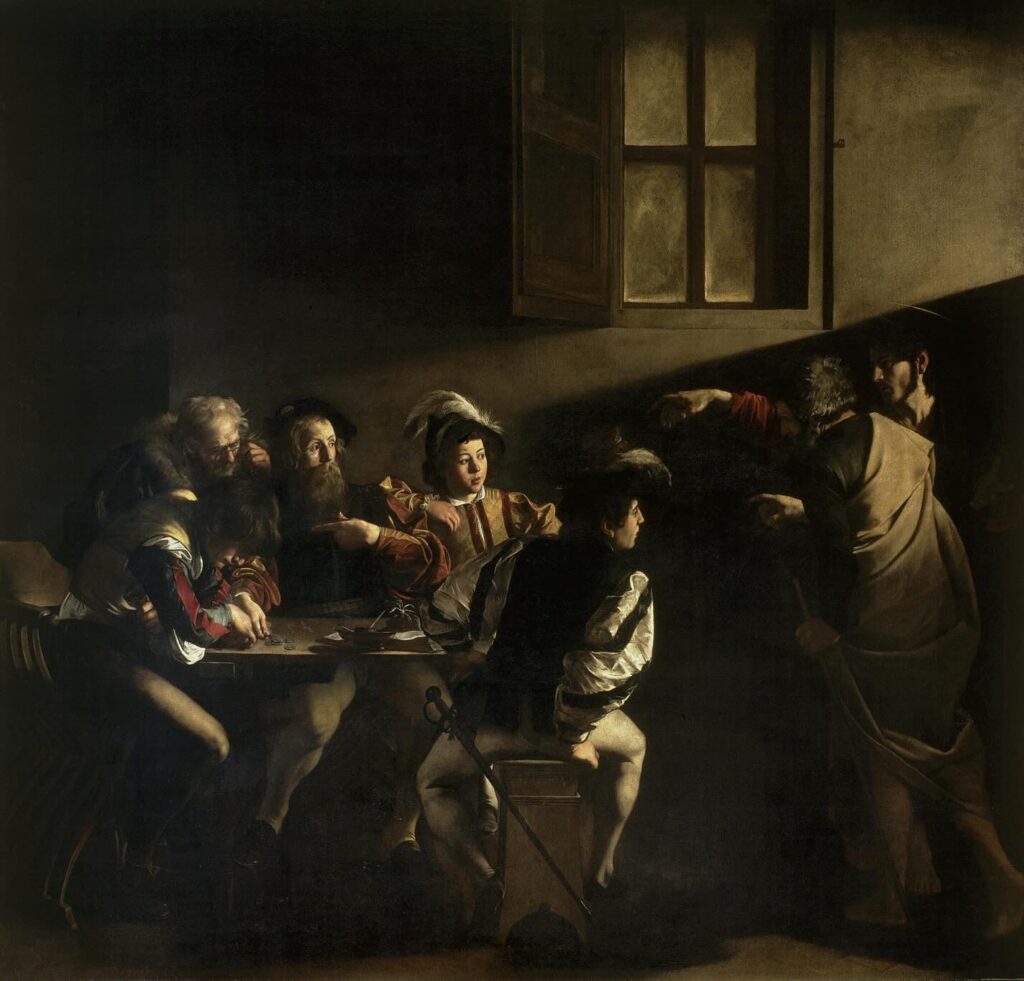
This technique not only highlights the focal point of the painting but also creates a powerful emotional impact, drawing viewers into the narrative.
Caravaggio’s realistic portrayal of human figures, often using ordinary people as models, was also revolutionary. He shunned the idealized representations common in Renaissance art, instead opting for a more naturalistic approach.
This honesty in his depictions and his dramatic use of light and shadow gave his paintings a new level of emotional depth and immediacy.
5 Top Artists Influenced By Caravaggio – His Legacy And Influence
Caravaggio’s influence on the art world is profound, and his legacy is evident in the works of many subsequent artists. Here are five significant artists influenced by Caravaggio and how his art left a lasting impact on them:
Artemisia Gentileschi (1593 to 1654)
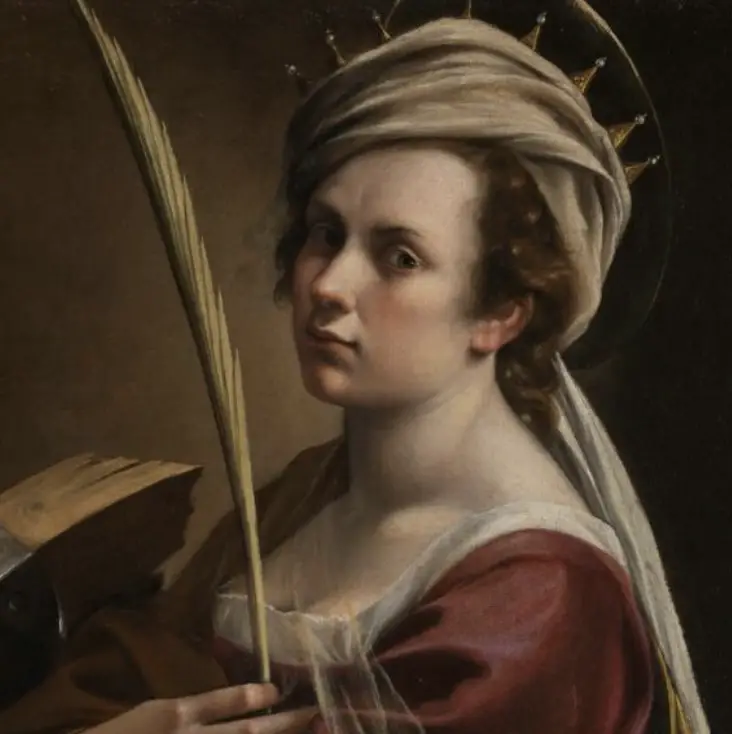
- Influence: Gentileschi, one of the most prominent female painters of the Baroque era, adopted Caravaggio’s dramatic use of chiaroscuro and his realistic approach to human figures. Her works, such as “Judith Slaying Holofernes,” showcase a similar intensity and emotional depth, often depicting strong, determined women.
- Impact: Caravaggio’s influence is seen in her powerful compositions and the way she used light to enhance the drama of her scenes.
Peter Paul Rubens (1577 to 1640)
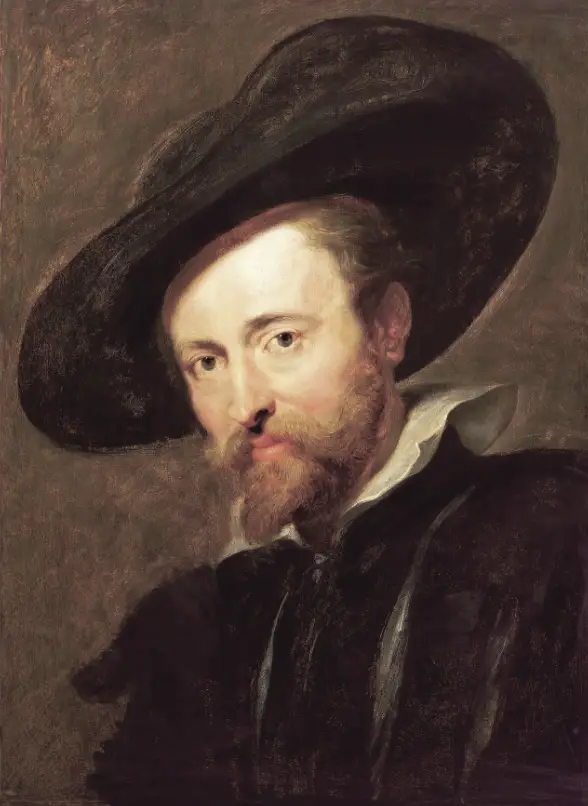
- Influence: Although Rubens is known for his vibrant, dynamic compositions, he was influenced by Caravaggio’s use of light and shadow. Rubens’ visit to Italy exposed him to Caravaggio’s work, leading him to incorporate more dramatic lighting into his paintings.
- Impact: Caravaggio’s influence helped Rubens develop a more robust and emotionally charged style, contributing to his reputation as one of the greatest Baroque painters.
Diego Velázquez (1599 to 1660)
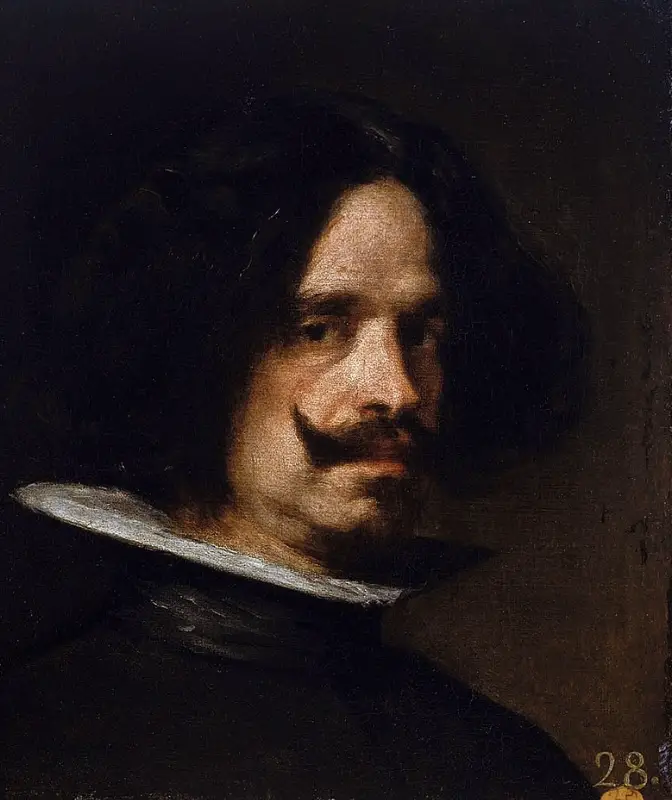
- Influence: Velázquez, a leading artist of the Spanish Golden Age, admired Caravaggio’s naturalism and how he portrayed ordinary people with dignity and realism. This is evident in works like “The Water Seller of Seville.”
- Impact: Caravaggio’s approach inspired Velázquez to pursue a more realistic and humanistic style, which became a hallmark of his work.
Rembrandt van Rijn (1606 to 1669)
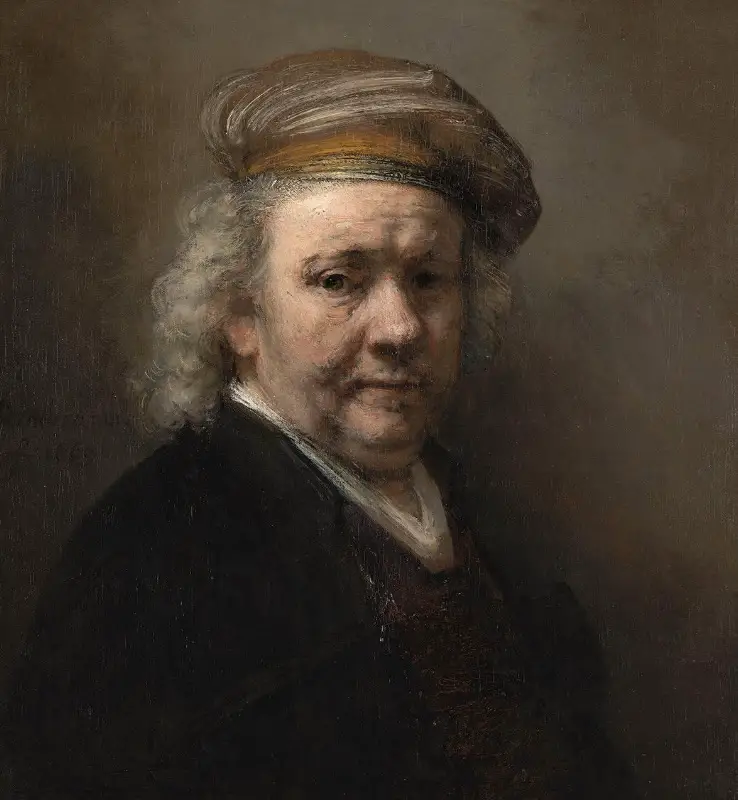
- Influence: Rembrandt, one of the most renowned Dutch painters, was deeply influenced by Caravaggio’s chiaroscuro technique. Rembrandt’s use of light and shadow to convey mood and emotion can be traced back to Caravaggio’s innovations.
- Impact: Caravaggio’s influence helped Rembrandt achieve psychological depth and realism in his portraits and narrative scenes that few could match.
Georges de La Tour (1593 to 1652)
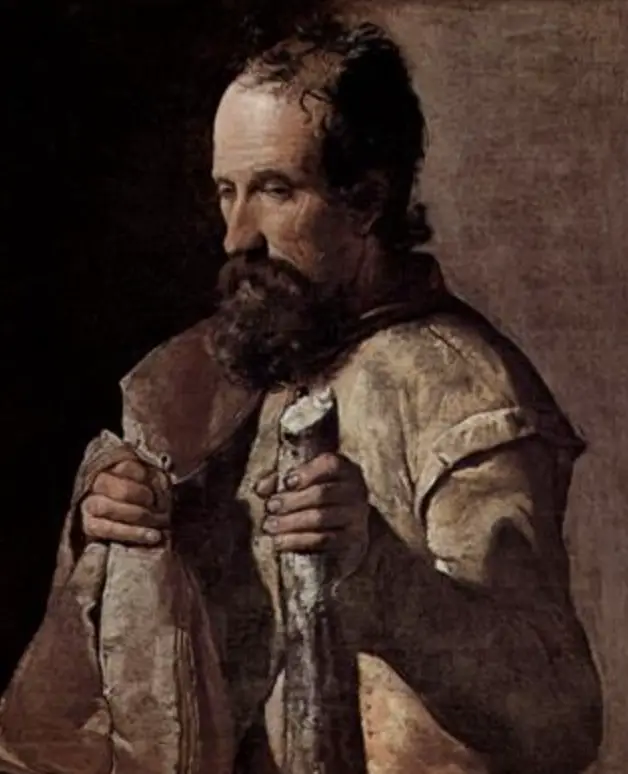
- Influence: La Tour, a French Baroque painter, was heavily influenced by Caravaggio’s use of chiaroscuro. His nocturnal scenes, illuminated by candlelight, show a clear debt to Caravaggio’s dramatic lighting.
- Impact: Caravaggio’s influence is evident in La Tour’s ability to create intimate, contemplative scenes with a strong emphasis on light and shadow.
Caravaggio’s life was as tumultuous and dramatic as his art. Despite his notorious reputation and personal struggles, he produced some of art history’s most powerful and influential work.
His mastery of chiaroscuro, naturalistic approach to human figures, and ability to convey raw emotion have left an indelible mark on art.
Caravaggio’s legacy lives on through the countless artists he inspired, shaping the course of Western art for centuries to come. His ability to find beauty in the everyday human condition with unflinching honesty ensures that he will forever be remembered as one of the great masters of art.
Listen To Our Podcast About
Is Caravaggio Truly the Bad Boy of Art?
Below or By clicking here.
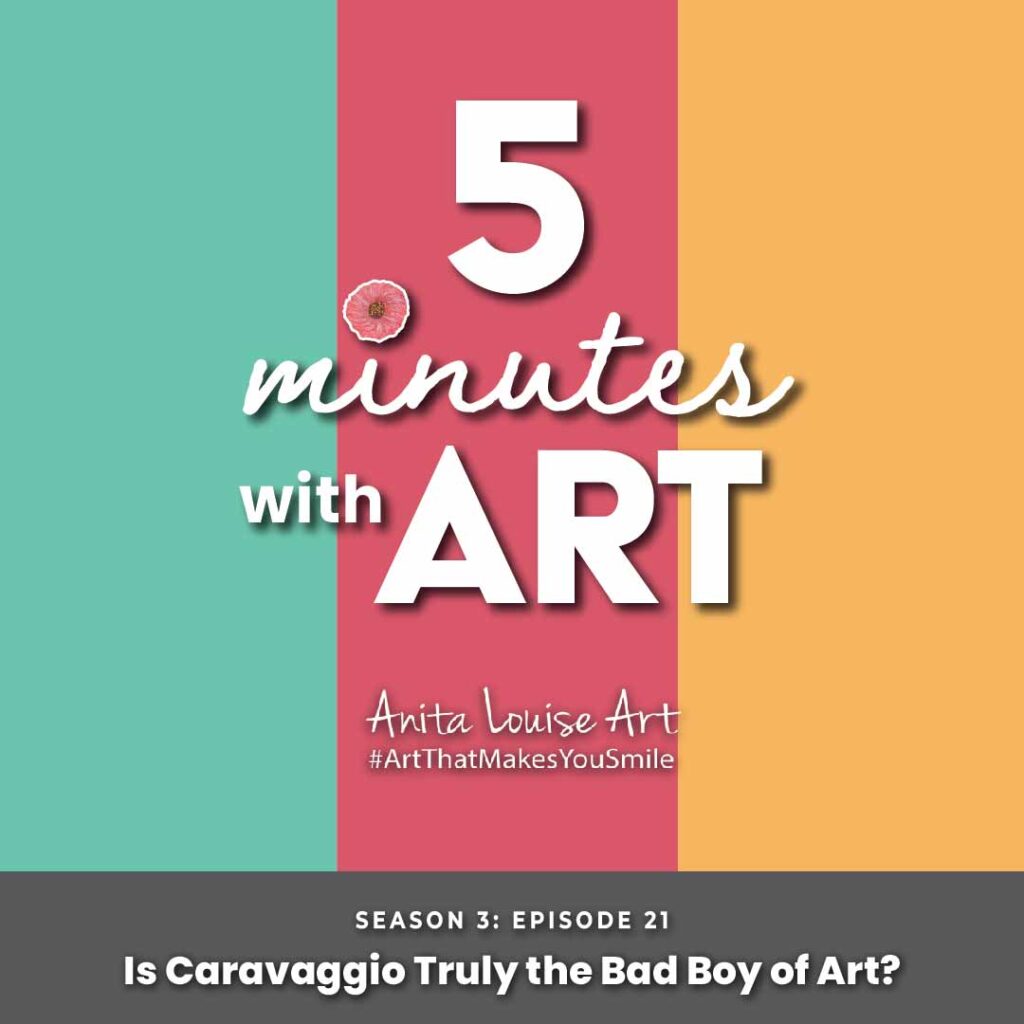
Anita Louise Art is dedicated to art education, great artists, and inspiring others to find and create their art. We love art that uplifts and inspires. #ArtToMakeYouSmile! #ArtToMakeYouHappy!
If you are interested to see any of my art, you can find out more by clicking here. If you are interested in what inspires me and my paintings, you can discover more by clicking here.
We have a free newsletter and would love you to be part of our community; you can subscribe to the newsletter by clicking here. I would be happy to talk to you if you have any questions. You can reach me, Anita, by clicking here.
Subscribe to our Anita Louise Art YouTube Channel with great videos and information by clicking here.
Join us for our podcast “5 Minutes With Art.” Spend just 5 minutes a week with us to discover and learn about great art and artists. You can find out more about our podcast by clicking here.
Related Questions
The Artist Paul Cezanne: A Bridge Of Two Artistic Eras
Paul Cezanne’s artwork served as a pivot, transitioning from 19th-century Impressionism to early 20th-century Cubism, making him a critical figure in the history of modern art. Cezanne’s art is distinctive for its repetitive, sensitive brushstrokes that form complex fields, a clear manifestation of his profound study of his subjects and the complexity of human visual perception.
By clicking here, you can learn more by reading The Artist Paul Cezanne: A Bridge Of Two Artistic Eras.
Is Johannes Vermeer A Renaissance Artist?
Johannes Vermeer is not a Renaissance artist but is considered a Baroque artist. He is usually referred to as a Dutch Baroque artist and painter in the Dutch Golden Age Era. Johannes Vermeer’s paintings are not flamboyant like many of the Baroque painters but have a great sense of realism.
By clicking here, you can discover more by reading Is Johannes Vermeer A Renaissance Artist?
Clyfford Still, Color Field Painting, And Abstract Expressionism
Clyfford Still is an Abstract Expressionism artist who is known as a color field Abstract Expressionism artist. He is best known for his colorful yet jagged-edged paintings that are oversized and thought-provoking. Many of his paintings were never sold, yet he was an extraordinarily prolific and influential Abstract Expressionism painter.
By clicking here, you can learn more by reading Clyfford Still, Color Field Painting, And Abstract Expressionism.

